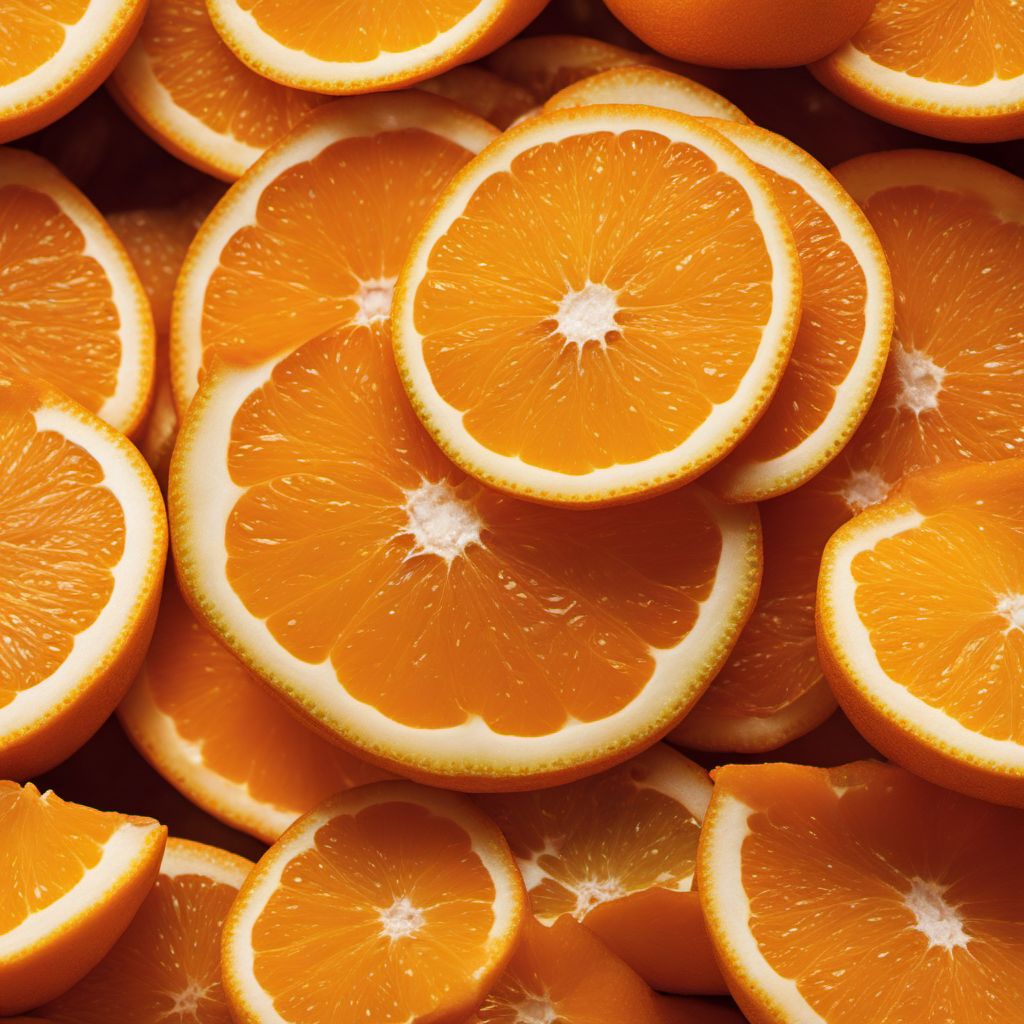
Ingredient
Chironjas
The Exotic Delicacy
Chironjas, also known as charoli or chironji, are small, almond-shaped nuts that are native to India. With their rich, buttery flavor and creamy texture, chironjas are a prized ingredient in Indian cuisine, adding a unique touch to both sweet and savory dishes.
Origins and history
Chironjas have a long history of culinary use in India, where they are highly valued for their distinct flavor and texture. They are commonly used in traditional Indian sweets, such as kheer and barfi, as well as in savory dishes like biryanis and curries. Chironjas are also used in Ayurvedic medicine for their potential health benefits, including improving digestion and promoting skin health.
Nutritional information
Chironjas are a good source of protein, healthy fats, and essential minerals. They are particularly rich in calcium, iron, and magnesium, which are important for maintaining bone health, supporting red blood cell production, and promoting overall well-being. Chironjas are also high in antioxidants, which help protect against oxidative stress and inflammation.
Allergens
There are no known allergens associated with chironjas.
How to select
When selecting chironjas, look for ones that are plump, uniform in size, and free from any signs of mold or discoloration. Avoid chironjas that appear shriveled or have a rancid smell, as these are signs of poor quality. It is best to purchase chironjas from reputable sources, such as specialty Indian grocery stores or online retailers, to ensure freshness and authenticity.
Storage recommendations
To maintain the freshness and quality of chironjas, store them in an airtight container in a cool, dry place away from direct sunlight. They can also be stored in the refrigerator or freezer to extend their shelf life. Proper storage will help preserve their flavor and prevent them from becoming rancid.
How to produce
Chironja trees are native to India and are primarily found in the northern and central regions of the country. They are deciduous trees that thrive in tropical and subtropical climates. Chironjas are harvested from the trees when the fruits ripen and split open, revealing the nuts inside. The nuts are then collected, dried, and shelled to obtain the edible chironjas.
Preparation tips
Before using chironjas, it is recommended to lightly toast them in a dry skillet over medium heat. This enhances their flavor and adds a pleasant nuttiness to dishes. Chironjas can be used as a garnish for desserts, such as Indian sweets or ice creams. They can also be ground into a fine powder and used as a thickening agent in curries or gravies. Additionally, chironjas can be added to rice dishes, salads, or stir-fries for a crunchy texture and nutty taste.
Culinary uses
Chironjas are commonly used in Indian cuisine, particularly in traditional sweets and desserts. They are often added to kheer (rice pudding), barfi (milk-based fudge), and laddoos (sweet balls). Chironjas can also be used as a topping for ice creams or mixed into kulfi (Indian ice cream). In savory dishes, they are used in biryanis, pilafs, and curries to add a unique flavor and texture. Chironjas can also be ground into a paste and used as a thickening agent in gravies or sauces.
Availability
Chironjas are primarily cultivated in India, where they are native. They are commonly available in Indian grocery stores and markets throughout the country. Chironjas are also exported to other countries and can be found in specialty Indian food stores or online retailers.
More ingredients from this category

Oranges
The Citrus Delight

Other hybrids of Citrus sinensis, not elsewhere mentioned
Unique Citrus Hybrids

Chinottos
The Bitter Citrus Delight: Exploring the World of Chinottos

Bergamots
The Citrus Jewel

Bitter oranges
The Tangy Delight

Trifoliate oranges
The Zesty Trio: Unveiling the Delights of Trifoliate Oranges